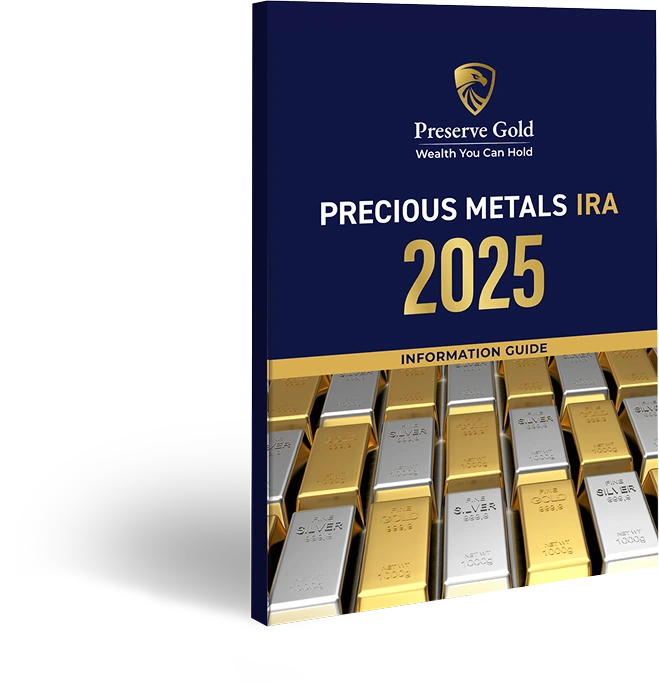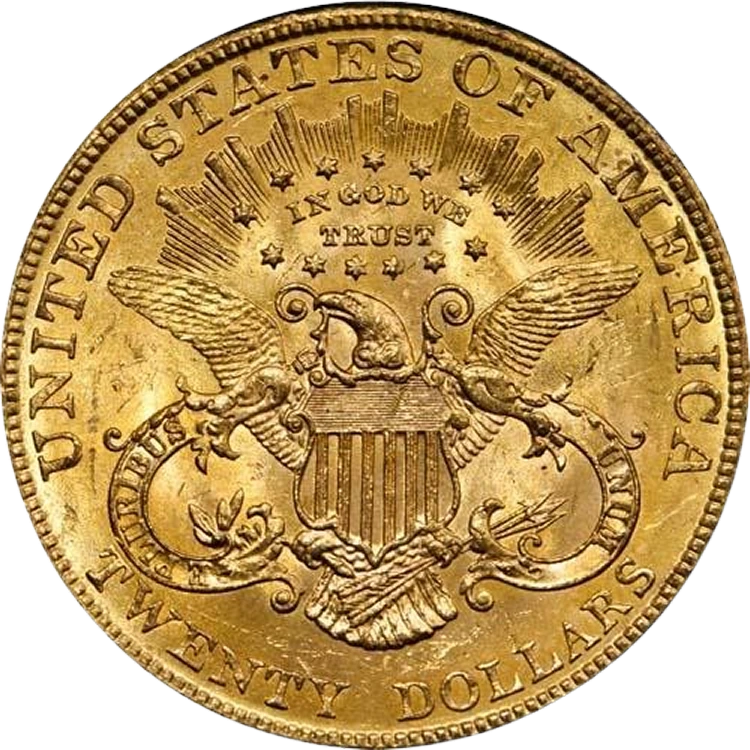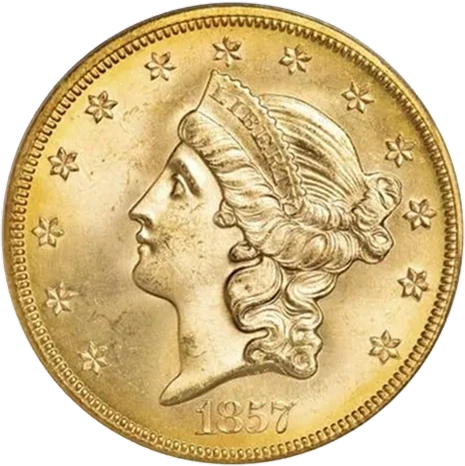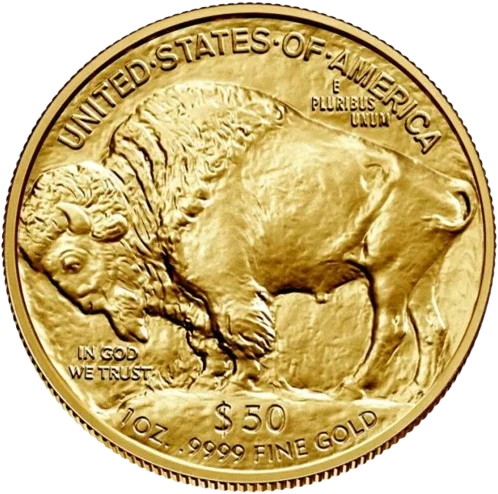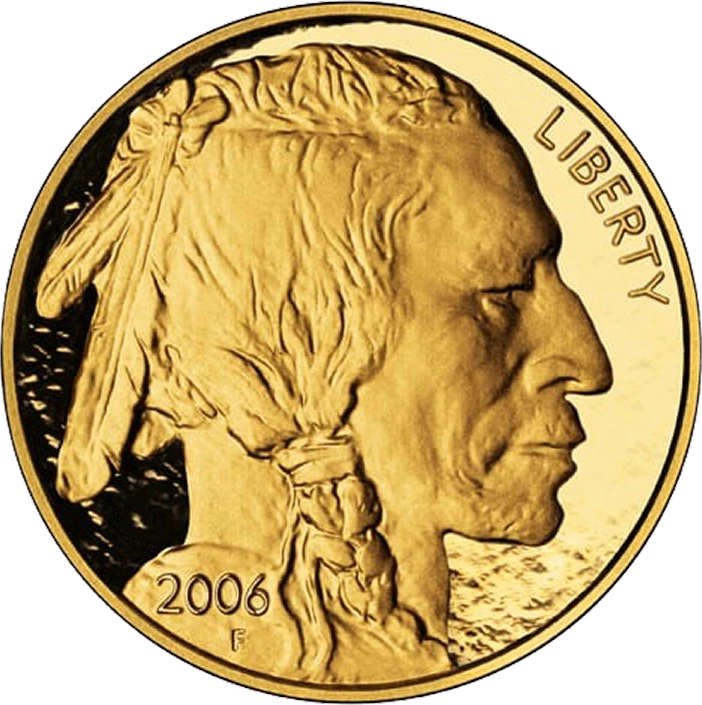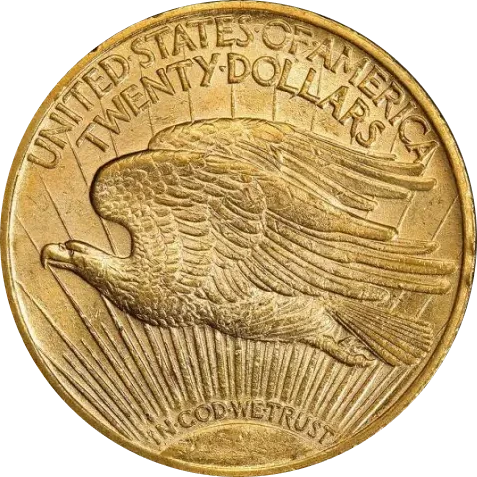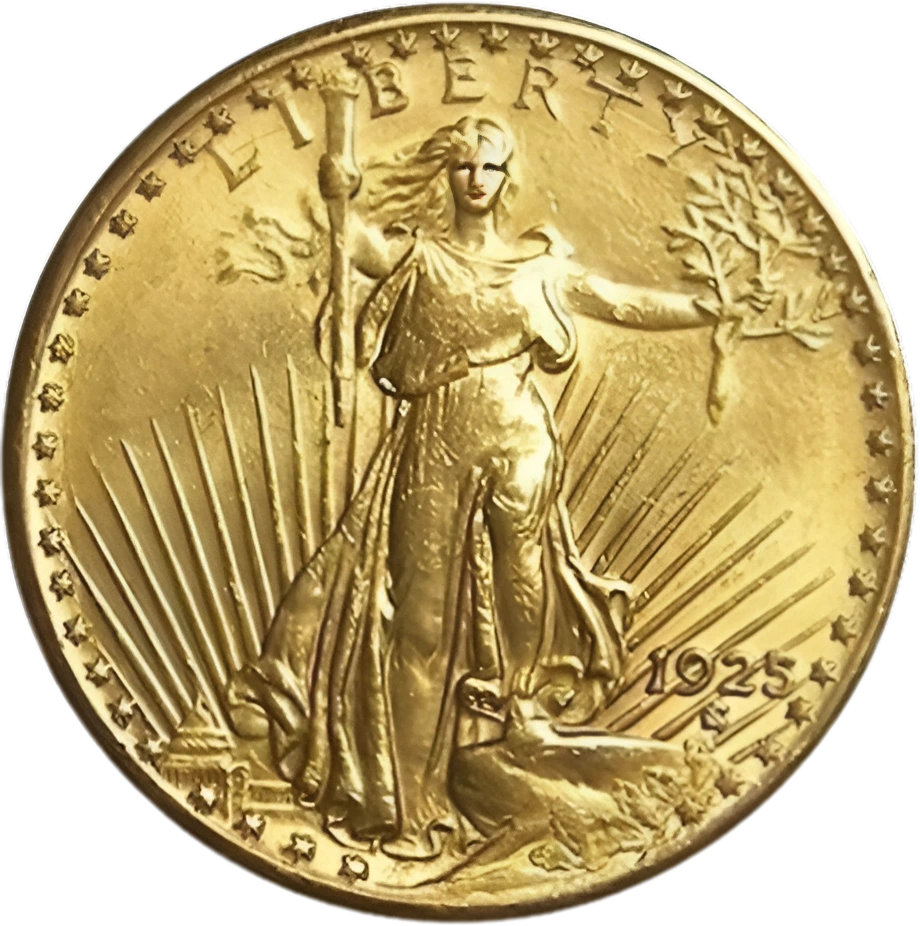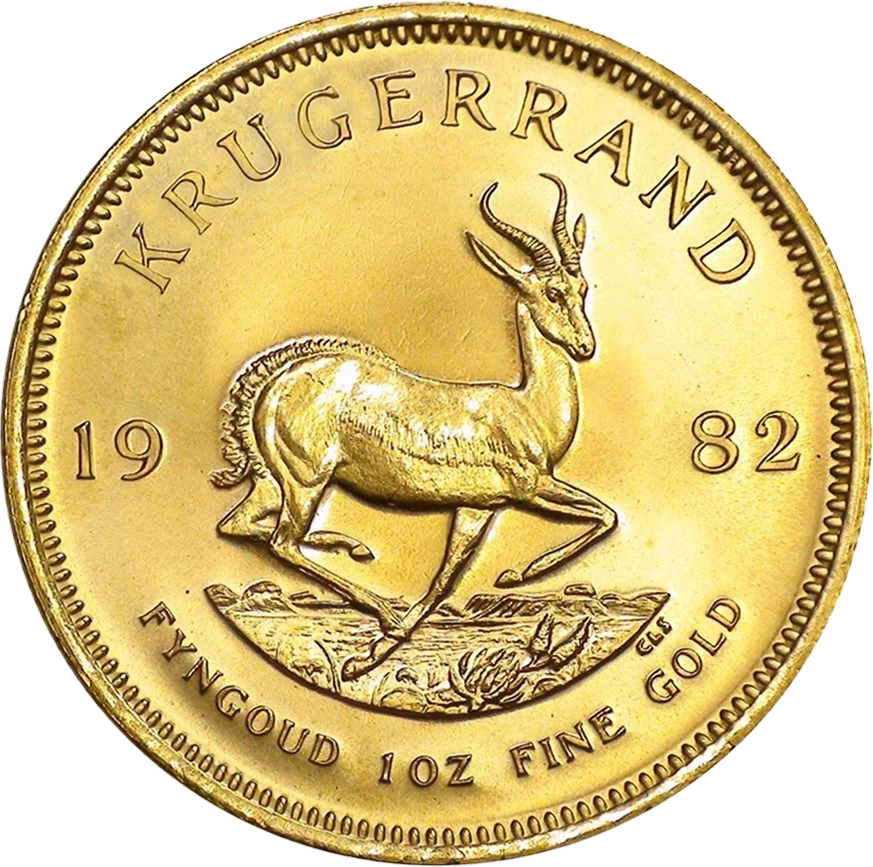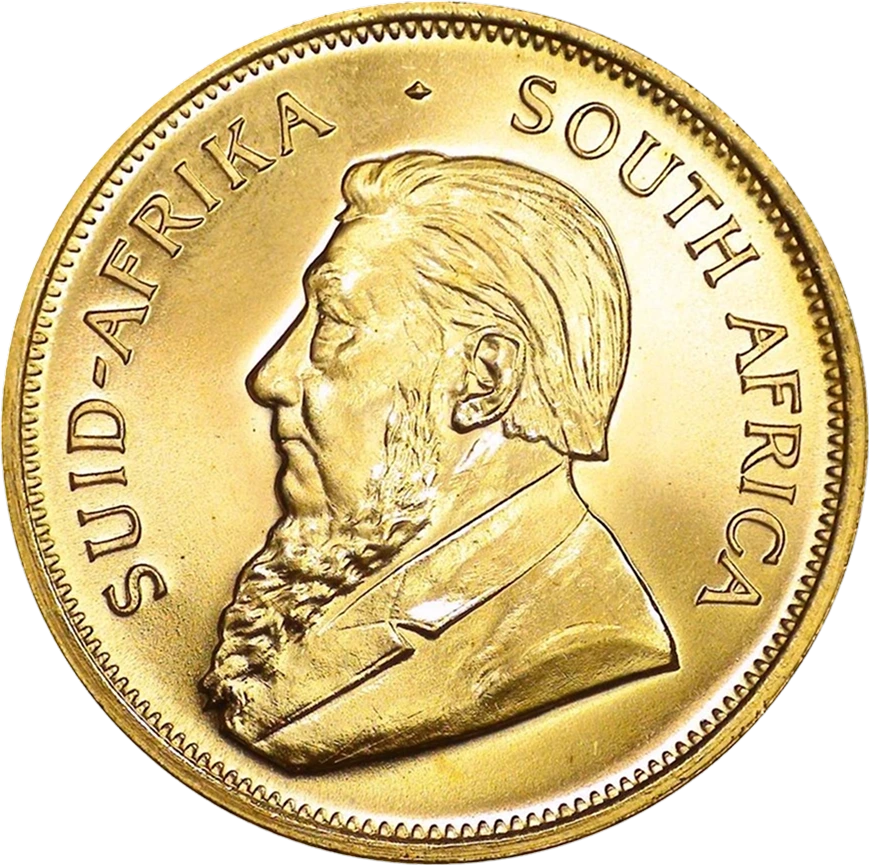Gold Indian Head Eagle
A Limited Mintage
Gold Eagle
- Mint dates: 1907-33
- Designer: Augustus Saint-Gaudens
- Gross weight: 16.718 g
- Gold content: 0.48375 troy oz
- Composition: 90% gold, 10% copper
- Diameter: 26.92
Other Indian Head Eagle denominations
Gold Quarter Eagle
- Mint dates: 1908-1929
- Designer: Bela Lyon Pratt
- Gross weight: 4.18 g
- Composition: 90% Gold – 10% Copper
- Diameter: 18mm
Gold Half Eagle
- Mint dates: 1908-1929
- Designer: Bela Lyon Pratt
- Gross weight: 8.36 g
- Composition: 90% Gold – 10% Copper
- Diameter: 21.6 mm
For Pricing and Ordering
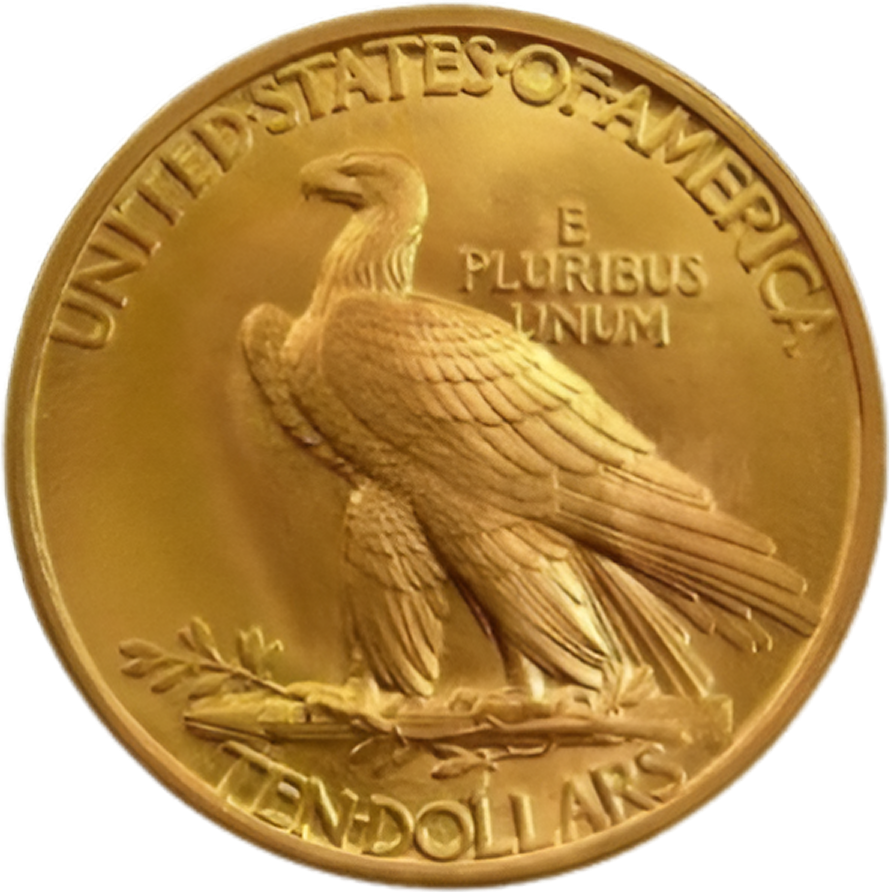
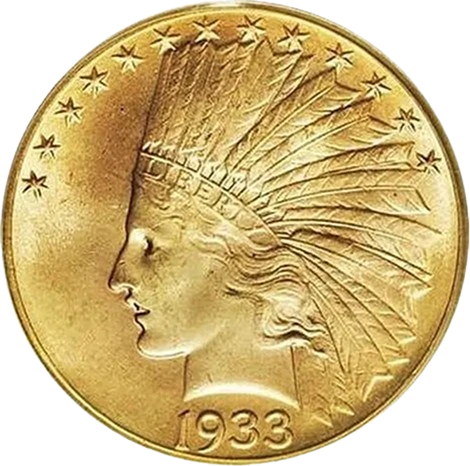
Product Description:
The Indian Head Gold Eagle is one of the most valuable coins on the global market today. Not only is it a preferred coin, but its numismatic value preserves history in a way other coins cannot. It also has a colorful history, and it took courage to introduce it at the turn of the century.
The coin was minted from 1907 to 1916 and then irregularly until 1933. The market value of a 1933 Indian Gold Eagle varies from $75,000 to more than $1 million, depending on grade. Mint-condition coins routinely sell for hundreds of thousands of dollars at auction.
After President Theodore Roosevelt convinced the highly esteemed sculptor Augustus Saint-Gaudens to redesign U.S. coins in 1904, he asked the artist to make models for gold coins of different denominations. In 1905, the artist agreed to design more coins, including this $10 one.
The Liberty Head Eagle design was first used on the one-cent piece in 1907. Roosevelt asked Saint-Gaudens to use it on the $10 coin, with the condition that something uniquely American would be added. The result was the Indian headdress. However, this produced some controversy since the lettering of Liberty didn’t match well with the headdress.
Then, there was public controversy as well, since Teddy Roosevelt directed that the “In God We Trust” message had to be deleted because he felt it debased God. This inspired Congress to take action; they ultimately passed a bill requiring that the sentence be printed on all U.S. currency consistently.
Previously, only 500 coins of this design in the $10 denomination were struck. Eventually, all but 50 were melted down out of those five hundred, making this coin quite rare. However, other denominations were also minted, including the $2.50 (quarter eagle) and $5 (half eagle).
The first updated Indian Head Gold coins were used in 1908 and then minted annually until 1933. This all came to an abrupt halt when Franklin Roosevelt proposed and succeeded in passing the Gold Confiscation Act.
More Facts About this Indian Gold Coin
- The coin stands out due to its distinctive and artistic design, featuring Lady Liberty on the obverse side wearing a full headdress adorned with feathers.
- The year of minting on the coin is represented in Roman numerals, which is a unique feature for U.S. coins. This design element was used from 1907 to 1911.
- The Gold Indian Head Eagle contains 90% gold, with a total gold weight of 0.48375 troy ounces. It is known for its high gold content.
- The reverse side of the coin showcases a stunning American bald eagle standing on a bundle of arrows and an olive branch. This design is a revival of classic motifs.
- The edge of the coin is adorned with raised stars, which adds to its visual appeal and uniqueness.
- Beyond their collectible value, these coins also hold intrinsic value due to their gold content, making them an attractive choice for investors.
For current pricing and more information, please contact us at (877) 444-0923.
What People Are Saying
“I have been looking at metals for the past 1 year.
My experience with Preserve today was not only quick and informative but best pricing to date and I was well taken care of. I will be back. I have considered Gold for a long time and with the uncertainty in the market I feel now is the time for step in.”“I worked with Justin and Jay for my IRA rollover.
They were extremely informative and did not pressure me into a decision unlike the other companies I spoke to. Their fee structure was fair and I would highly recommend this company to friends and family."“As a new investor in precious metals,
Preserve Gold helped me in every step of the way. From setting up my account to taking the time building an investment strategy by understanding my risk tolerance.
Their customer service sets the bar for anyone looking to invest in precious metals while preserving wealth through economic uncertainty."
“My experience with Preserve Gold Group was exceptional.
The specialist I worked with was very knowledgeable and I can tell he really understands the precious metals markets. He provided sound recommendations based on my goals and everything was delivered quickly. Most important to me, the follow up customer service after the sale was exceptional. I will recommend my family and friends to Preserve Gold."“Good review of transaction with Preserve Gold.
Recently, I purchased precious metal from Preserve Gold. I consider myself fortunate to have been guided by Aaron Crossman and Jerin Wilson during that transaction. My inexperience in the purchasing of precious metal had to be obvious to them. However, they were always patient with me. I am a new client of Preserve Gold. I would recommend them to family and friends."Get Your Free Investment Guide

Request your free investment guide to discover the power of precious metals investing.

